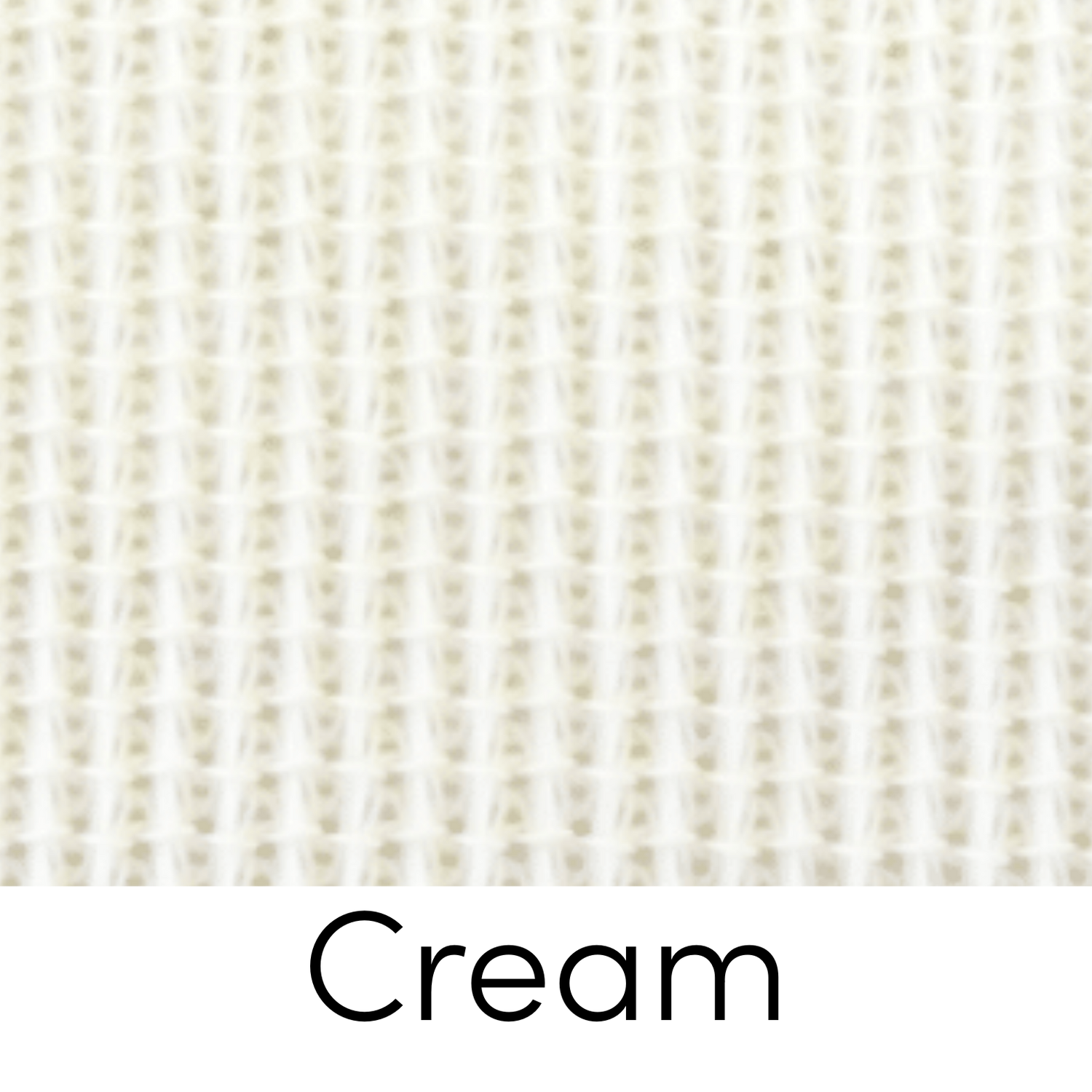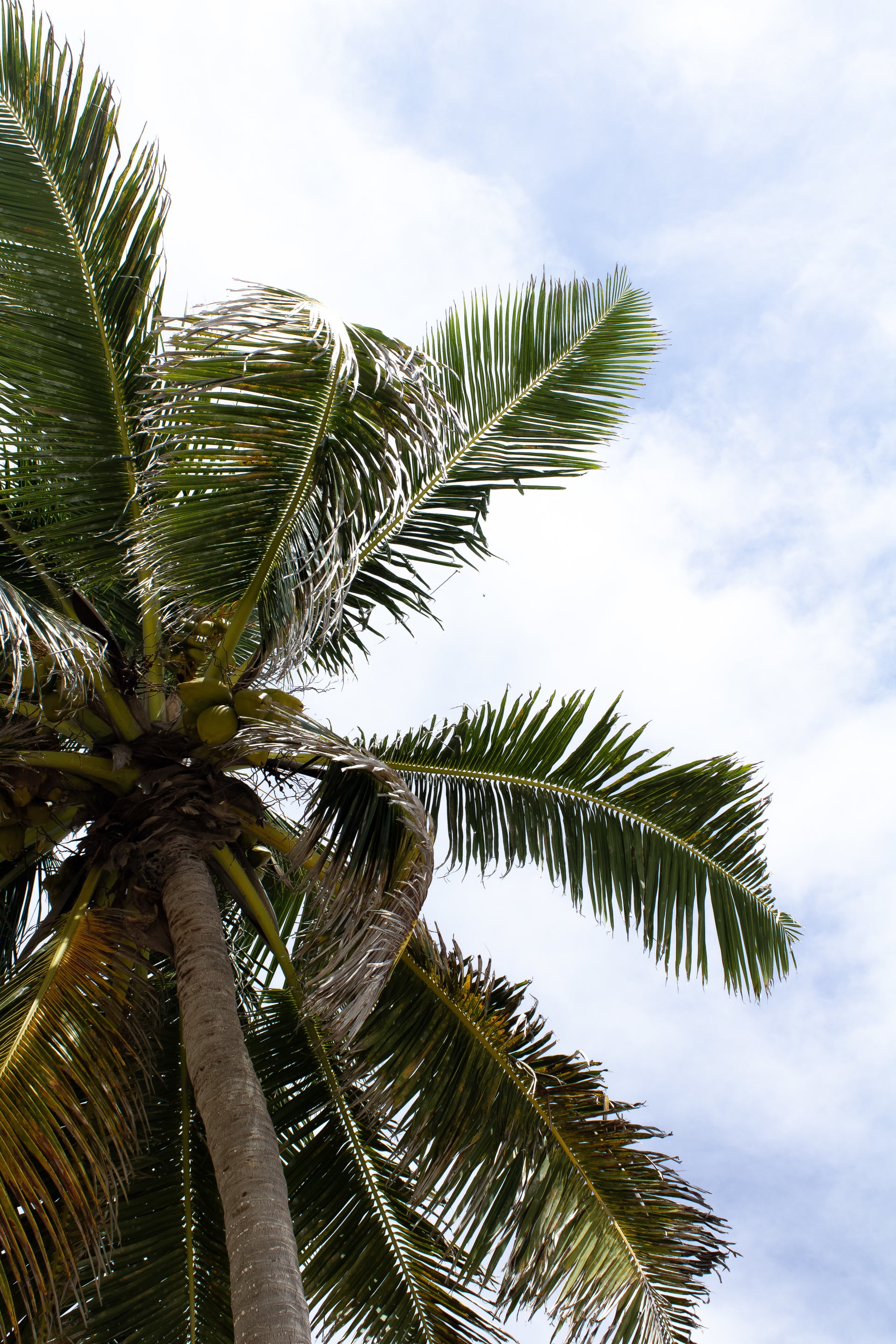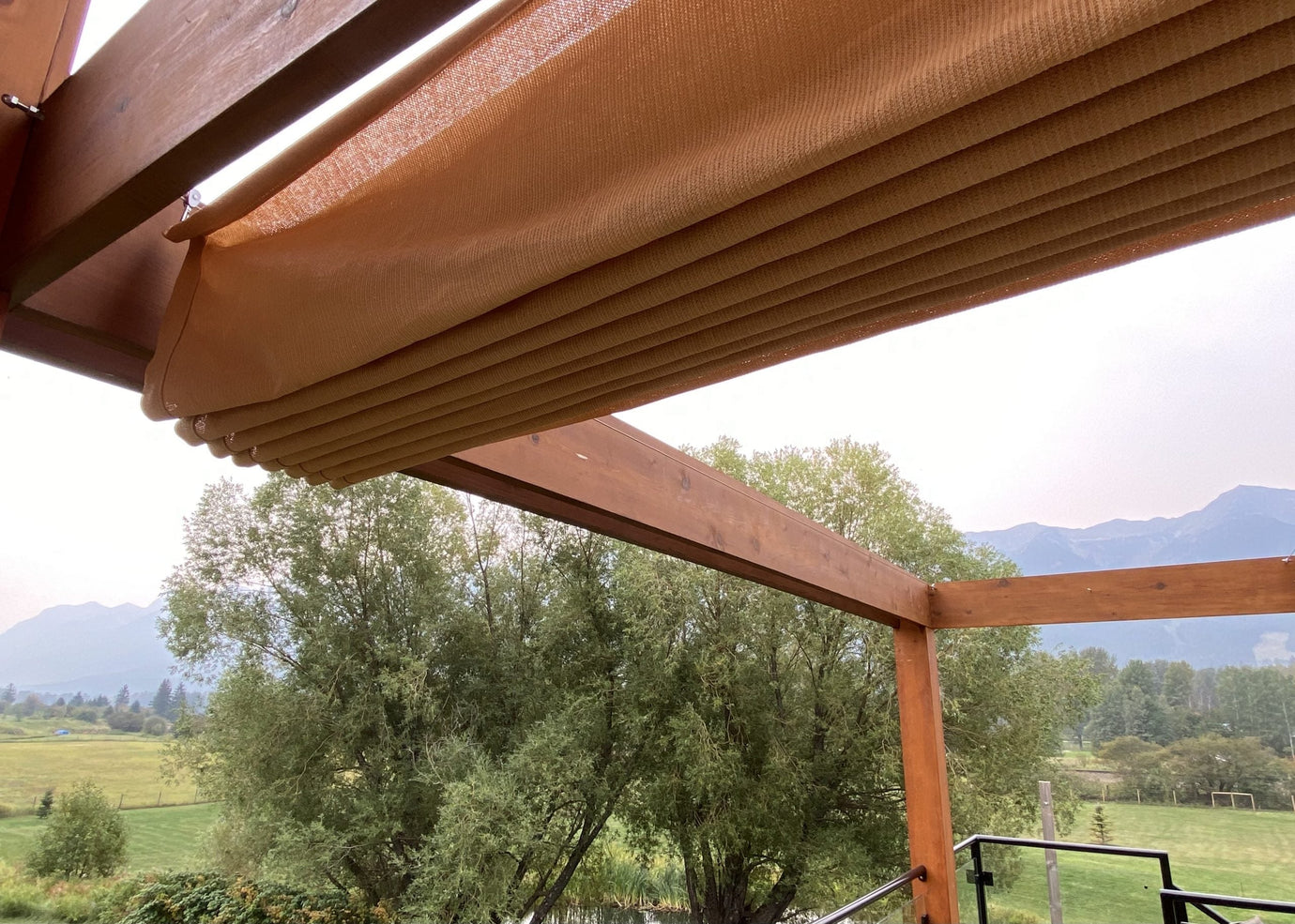Our YouTube channel includes detailed installation guides, frequently asked questions, product overviews and lots more. We are always open to content ideas so please let us know if there is a topic you would like us to cover.
Exploring Horizons: The Diverse World of Shade Sail Fabric Types and Their Unique Benefits</

The demand for aesthetically pleasing and practical outdoor spaces has surged, leading many to explore various outdoor covering options such as shade sails. Among these, the choice of shade sail fabric types plays a crucial role in the overall effectiveness and appeal of your outdoor area. Whether you are seeking protection from the elements or an enhancement to your landscape's visual allure, understanding the differences in shade sail fabrics will help you make informed decisions for your needs.
Understanding Shade Sail Fabric Options
Shade sail fabrics can be broadly categorized into three main types: knitted, woven and PVC-coated fabrics. Each type has unique properties and benefits, tailored to differing requirements of sun protection textiles, durability, and aesthetic considerations.
Knitted Shade Fabrics
Knitted shade sail fabrics, often made from high-density polyethylene (HDPE), are known for their flexibility and durability. These fabrics are breathable, allowing wind to pass through easily while reducing heat. This makes them ideal for areas where ventilation is a priority. Knitted fabrics are resistant to mold and mildew, thus prolonging the life of your shade sail. This type is particularly popular in patio canopy choices due to its ability to provide significant sun protection while maintaining a light and airy feel.

Woven Shade Fabrics
Woven fabrics are typically made from a combination of materials such as cotton or polyester, tightly woven to create an effective barrier against the sun's harsh rays. These fabrics are noted for their strength and ability to block more UV radiation compared to their knitted counterparts. With woven shade sails, you can anticipate substantial sunlight reduction, offering excellent sun protection for sensitive areas like playgrounds and poolside settings. For more detailed insights into shade fabrics, feel free to explore additional resources on this page.
PVC-Coated Shade Fabrics
PVC-coated fabrics provide enhanced weather resistance due to their waterproof nature. These are excellent awning materials for regions with unpredictable weather patterns, as they protect against rain while still offering sun protection. PVC-coated fabrics are robust, often used in commercial applications where endurance and easy maintenance are crucial. Their sleek, polished appearance can enhance the architectural style of any space, making them a popular choice for businesses and residential applications alike.
Benefits of Different Shade Sail Fabric Types
Each type of shade sail fabric provides unique benefits that can enhance different aspects of an outdoor space. From comfort and energy efficiency to aesthetic appeal and durability, the type of fabric chosen plays a significant role in meeting varied outdoor requirements.
- Comfort: Knitted fabrics offer superior airflow, making them ideal for keeping spaces cool and comfortable.
- Aesthetic Appeal: With a wide range of colors and designs, shade sails crafted from different materials can complement any architectural style.
- Durability: Woven and PVC-coated fabrics typically boast longer lifespans due to their reinforced construction and resistance to environmental wear.
- Protection: All shade fabric types afford some degree of UV protection, with woven and PVC-coated fabrics providing higher sunblocker qualities.
Applications of Shade Sail Fabrics
Shade sails are a versatile choice for different settings, ensuring that you can enjoy the outdoors while staying shielded from the elements. Residential spaces can benefit from knitted fabrics in gardens or patios to keep environments cool. For commercial and high-traffic areas, the robust nature of PVC-coated fabrics suits the need for durable, low-maintenance covers. Meanwhile, playgrounds and swimming pool vicinities are well-protected under woven sails, ensuring safety and comfort on sunny days.
Considerations When Choosing Shade Sail Fabrics
Your choice of shade sail fabric types should consider the specific needs of your environment, factoring in local climate, overall aesthetic vision, and functional requirements. Understanding the importance of maintenance is also pivotal, as different materials may demand various levels of care. For an elaborate guide on maintenance, construction quality and customization, you may visit additional online resources tailored to helping users make educated decisions.
What are the different types of shade sail fabric available in the market?
The market offers a variety of shade sail fabrics, each catering to specific requirements and environments. The primary types, as outlined earlier, include knitted, woven and PVC-coated fabrics. Within these categories, there are further subdivisions based on material compositions and manufacturing techniques.
Knitted fabrics, often crafted from high-density polyethylene (HDPE), provide flexibility and breathability. This category includes monofilament and tape, with monofilament offering a higher level of durability and UV resistance. Woven fabrics, on the other hand, can be made from natural or synthetic fibers like cotton or polyester, offering a tighter weave for increased UV protection. PVC-coated fabrics, typically made from polyester with a PVC layer, stand out for their waterproof properties and durability, making them suitable for commercial applications.
Additionally, specialized options such as fire-retardant fabrics and those with added UV stabilizers or antimicrobial treatments offer further customization based on specific needs, such as compliance with building codes or enhanced longevity in harsh conditions.
What unique benefits do different shade sail fabric types offer?
Each shade sail fabric type provides distinct benefits tailored to diverse needs. Knitted fabrics are prized for their breathability, allowing airflow that keeps covered areas cooler, making them ideal for hot and dry climates. Their stretchability also enables creative installation designs, adaptable to various architectural styles.
Woven fabrics offer superior strength and UV protection due to their tighter construction. This makes them excellent for areas requiring robust coverage and sunblock, such as playgrounds and high traffic recreational areas. Their aesthetic appeal, with a more natural look, complements environments seeking a blend between modern design and traditional textures.
PVC-coated fabrics excel in weather resistance, boasting waterproof capabilities that allow them to withstand heavy rains without compromising UV protection. Their smooth finish provides a sleek, high-tech look suitable for commercial settings. Furthermore, these fabrics are easy to clean and maintain, making them a practical choice for busy environments.

How can I choose the right type of shade sail fabric for my needs?
Choosing the right type of shade sail fabric depends on a combination of factors including climate, intended use and aesthetic preferences. Begin by assessing the predominant weather conditions in your area. For sunny, warm climates, knitted fabrics with their breathable properties may be most beneficial, effectively reducing heat while allowing ventilation.
For areas prone to heavy sun exposure and requiring significant UV protection, woven fabrics offer superior coverage. Consider their application in settings like schools or parks where safety from sunburn is a priority. Meanwhile, if your area experiences unpredictable weather patterns, PVC-coated fabrics would be advantageous due to their waterproof nature, providing reliable coverage even during sudden downpours.
Beyond functional needs, aesthetic preferences play a crucial role. Evaluate the color palette offered by each fabric type and how they integrate with your existing outdoor design. Also, consider any specific regulatory or safety requirements, such as fire resistance, which may dictate your fabric choice.
Can the type of shade sail fabric influence its functionality and durability?
Absolutely, the type of shade sail fabric significantly affects its functionality and durability. Knitted fabrics, while offering excellent breathability and flexibility, may have slightly lower UV resistance compared to other options, impacting their longevity in extremely sunny environments. However, their design allows them to withstand windy conditions without tearing, making them a durable choice in such climates.
Woven fabrics, with a tighter knit, generally offer enhanced UV protection, pivotal in extending their lifespan under intense sunlight. Their robust construction ensures durability in both light and heavy-duty applications. This strength does mean they may be heavier, requiring sturdier support structures.
PVC-coated fabrics provide durability against both UV exposure and moisture, essential for regions with varied weather conditions. Their inherent strength and resistance to elements such as mold and mildew improve their lifespan, reducing the frequency of replacements and maintenance needed.
Ultimately, selecting the appropriate fabric type depends on prioritizing which functional attributes—such as flexibility, UV protection or weather resistance—are most critical for your specific environment and application.
In conclusion, exploring the diverse world of shade sail fabric types allows you to enhance your outdoor spaces with informed choices that match your aesthetic preferences and practical needs. Whether you're opting for knitted, woven or PVC-coated fabrics, each type brings its own unique set of benefits, ensuring that your outdoor area is both beautiful and functional.




